A smartwatch (Figure 1-8) can connect to a smartphone to provide the user with alerts and messages. Additional functions, such as heart rate monitoring and counting steps, like a pedometer, can help people who are wearing the device to track their health.
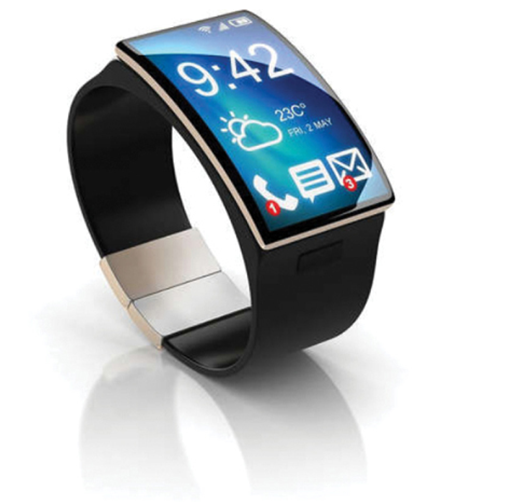
Figure 1-8 An Example of a Smartwatch
A wearable computer in the form of glasses, such as Google Glass, contains a tiny screen that displays information to the wearer in a similar fashion to the Head-Up Display (HUD) of a fighter pilot. A small touch pad on the side allows the user to navigate menus while still being able to see through the smart glasses (Figure 1-9).
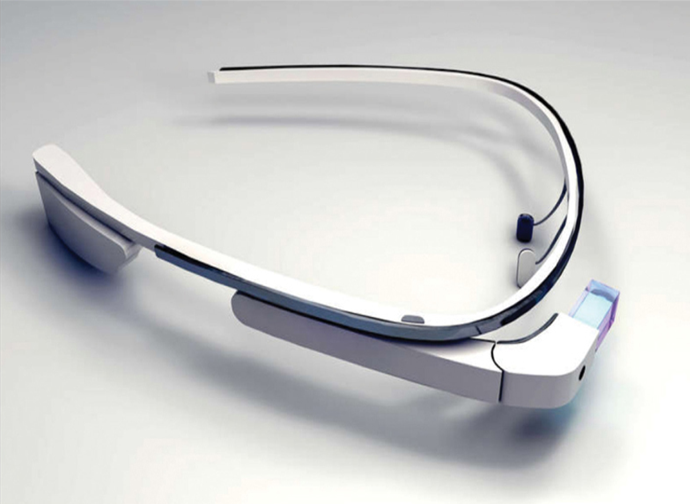
Figure 1-9 An Example of Smart Glasses
Connected Home Devices (1.1.6)
Many of the things in your home can also be connected to the internet so that they can be monitored and configured remotely.
Many of the items in a home, such as security systems, lighting, and climate controls, can be monitored and configured remotely using a mobile device, as shown in Figure 1-10.
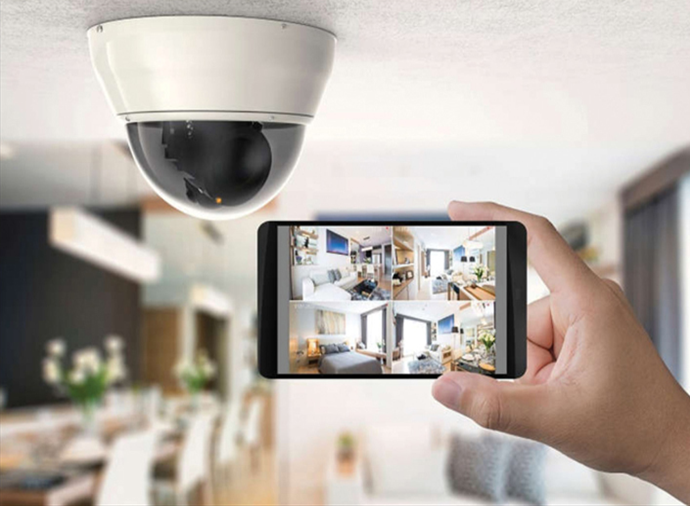
Figure 1-10 Using a Mobile Device to Manage Home Security
Household appliances such as refrigerators, ovens, and dishwashers can be connected to the Internet, as shown in Figure 1-11. This allows the homeowner to power them on or off, monitor the status of the appliance, and also be alerted to preset conditions, such as when the temperature in the refrigerator rises above an acceptable level.
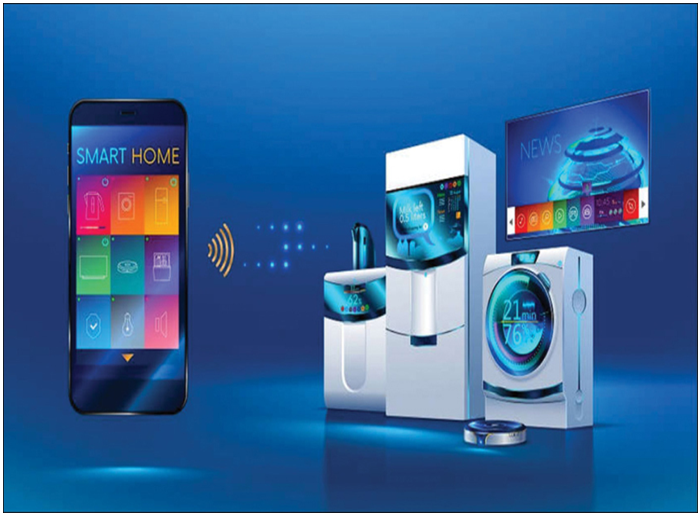
Figure 1-11 Example of Smart Appliances
A smart TV (Figure 1-12) can be connected to the Internet to access content without the need for TV service provider equipment. Also, a smart TV can allow a user to browse the web, compose email, or display video, audio, or photos stored on a computer.
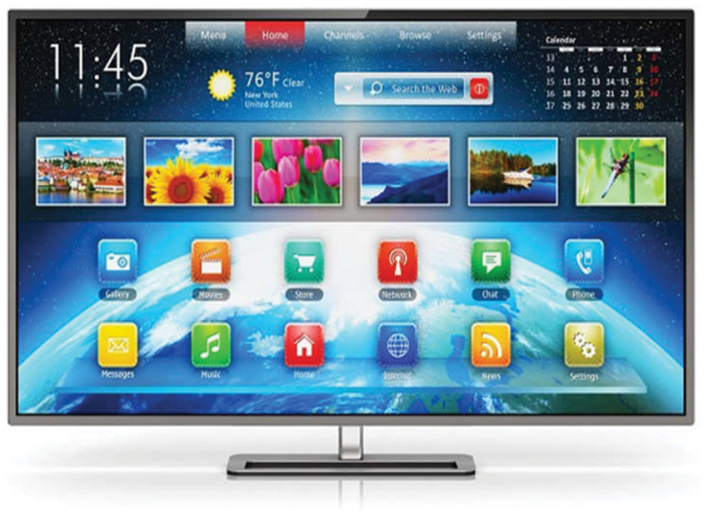
Figure 1-12 Example of a Smart TV
Gaming consoles (Figure 1-13) can connect to the internet to download games and play with friends online.
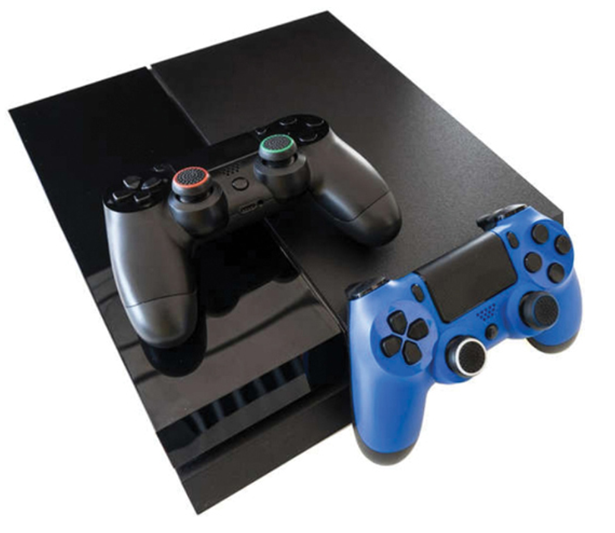
Figure 1-13 Example of a Gaming Console
Other Connected Devices (1.1.7)
There are also many connected devices found in the world outside your home that provide convenience and useful, or even vital, information.
Many modern cars can connect to the Internet to access maps, audio and video content, or information about a destination. They can even send a text message or email if there is an attempted theft or call for assistance in case of an accident. These cars can also connect to smart phones and tablets, as shown in Figure 1-14, to display information about the different engine systems, provide maintenance alerts, or display the status of the security system.
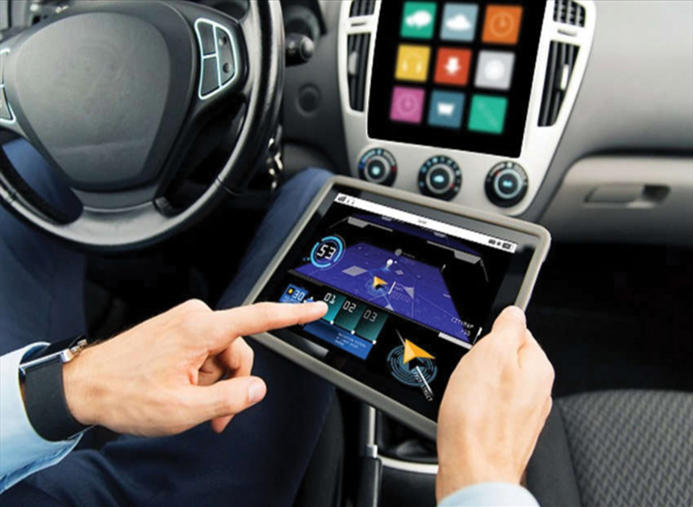
Figure 1-14 Using a Tablet to Connect to a Smart Car
Radio frequency identification (RFIDs) tags, shown in Figure 1-15, can be placed in or on objects to track them or monitor sensors for many conditions.
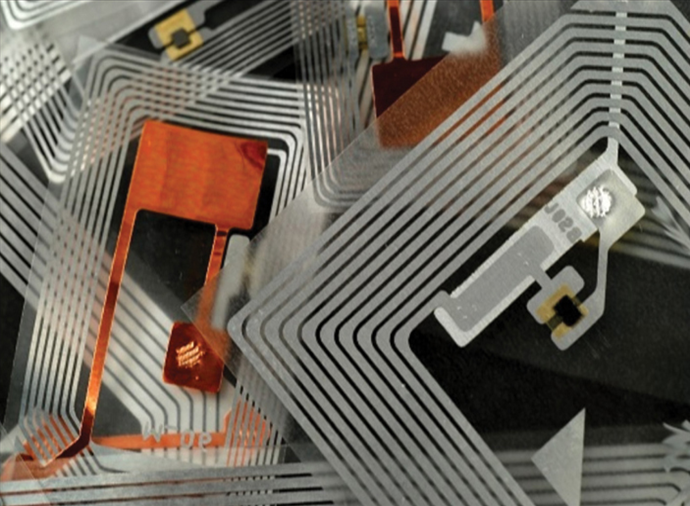
Figure 1-15 Example of RFID Tags
